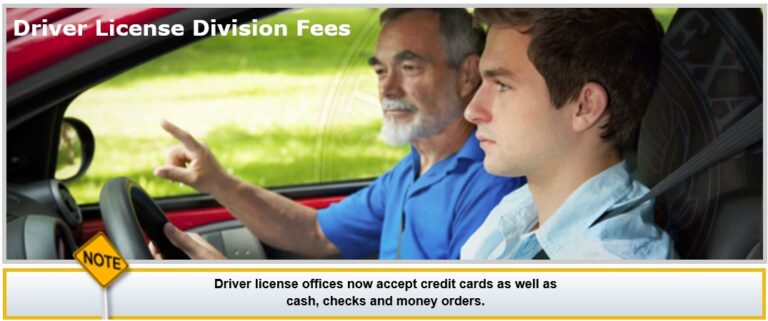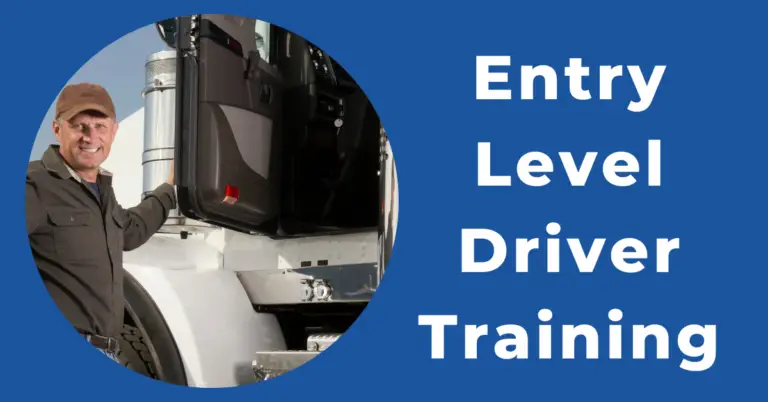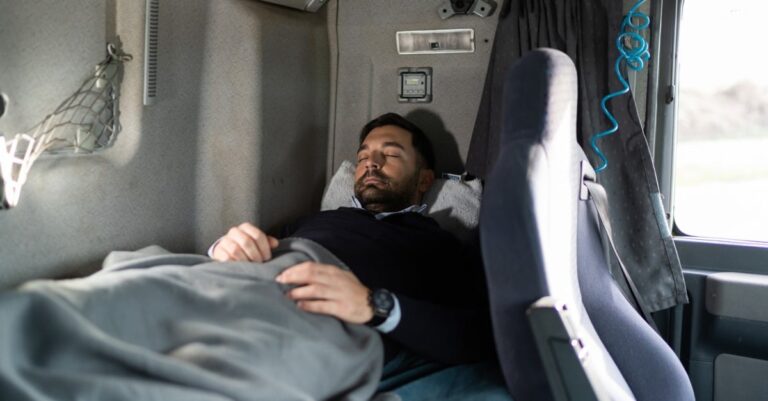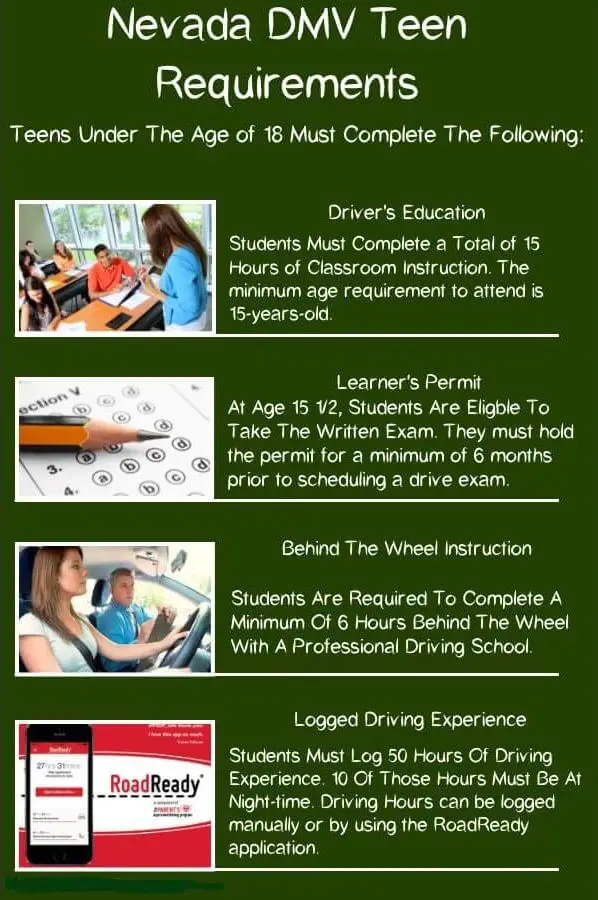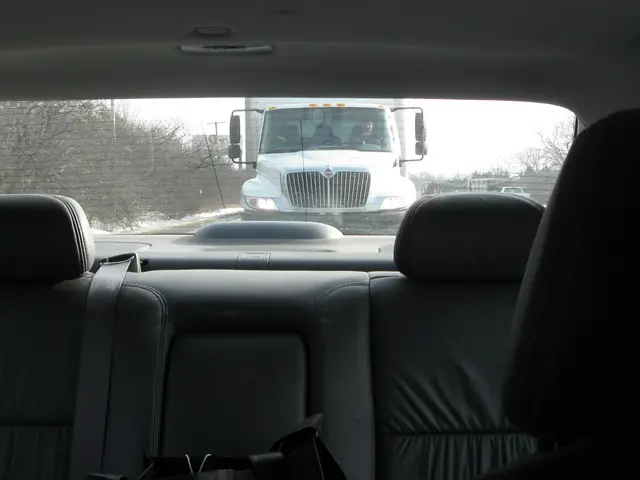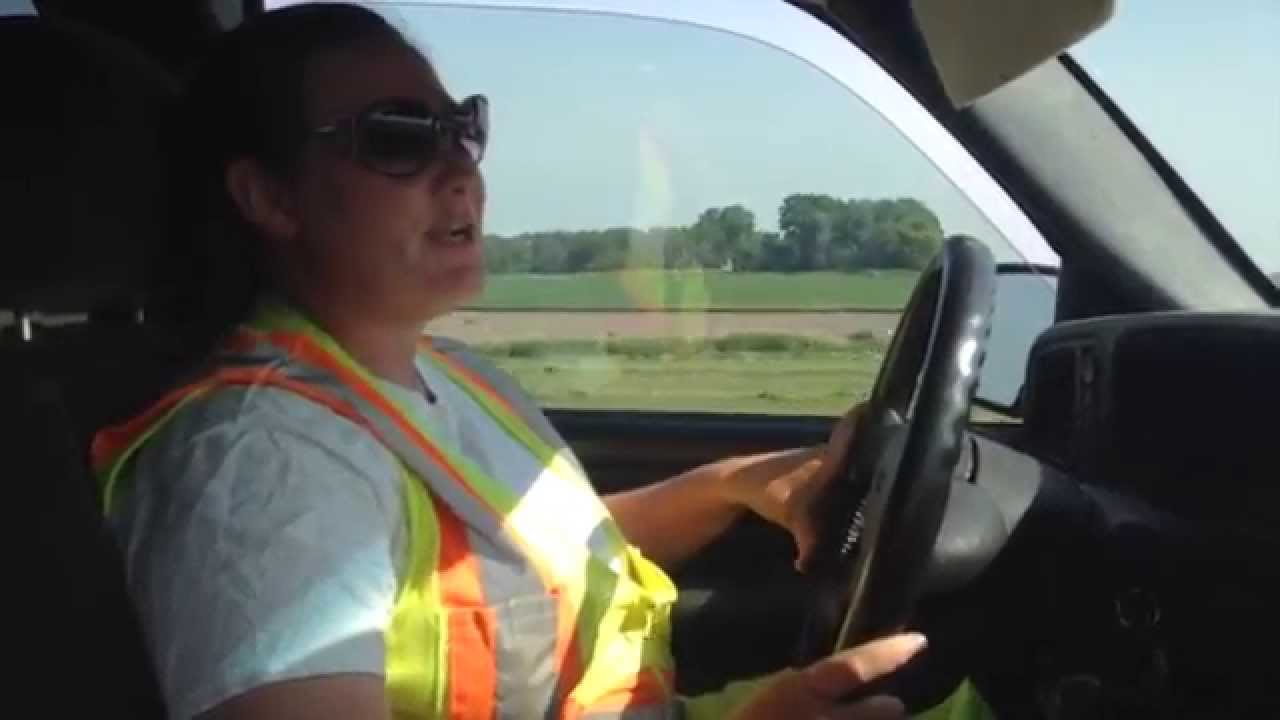
A pilot car driver escorts oversized loads, ensuring safe travel on highways. They lead, warn, and guide the way for large vehicles.
Pilot car drivers play a crucial role in safely transporting oversize loads on the road. Their job involves coordinating with truck drivers, navigating routes, and ensuring other motorists are aware of the large load being transported. Being a pilot car driver requires attention to detail, excellent communication skills, and the ability to make quick decisions to maintain safety on the road.
With the increasing demand for oversized load transportation, pilot car drivers play a vital role in the logistics industry.
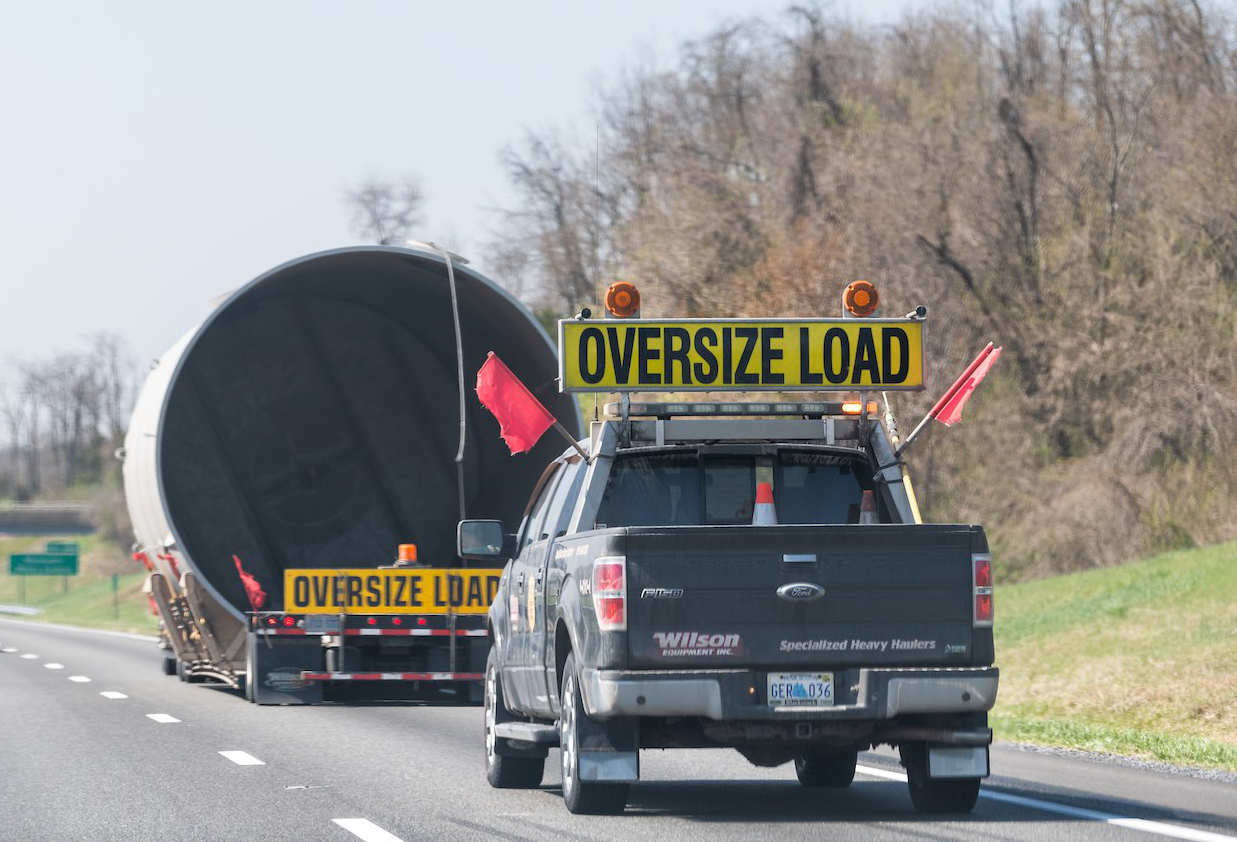
Credit: pilotcarloads.com
Navigate As You Want: [show]
The Role Of A Pilot Car Driver
A pilot car driver plays a crucial role in ensuring the safety of oversized and overweight loads on the road. They work to alert and guide other motorists, preventing accidents and other hazards. By escorting these large loads, pilot car drivers help to minimize risks and maintain smooth traffic flow. Their presence also ensures compliance with regulations and helps prevent damage to infrastructure and property. Additionally, pilot car drivers provide assistance to drivers of oversized vehicles, offering support and guidance to help them navigate through challenging routes and obstacles.
Requirements To Become A Pilot Car Driver
A Pilot Car Driver is responsible for escorting oversized loads, ensuring the safe transportation of goods on highways. To become a pilot car driver, one must meet certain requirements, including obtaining a commercial driver’s license, completing specialized training, and possessing knowledge of state regulations.
| Requirements to Become a Pilot Car Driver |
| Obtaining a Driver’s License: A valid driver’s license is a must for becoming a pilot car driver. |
| Attending Specialized Training: Completing specialized training programs is essential for this role. |
Responsibilities Of A Pilot Car Driver
A Pilot Car Driver is responsible for escorting oversize vehicles, ensuring safe passage on roads. Their key duties include coordinating with the truck driver, monitoring traffic conditions, and flagging potential hazards. They play a crucial role in preventing accidents and promoting road safety.
| Route Planning and Navigation: Pilot car drivers must plan the best routes to guide oversized vehicles safely. |
| Communicating with Other Drivers: They use radios to coordinate with truck drivers for smooth transit. |
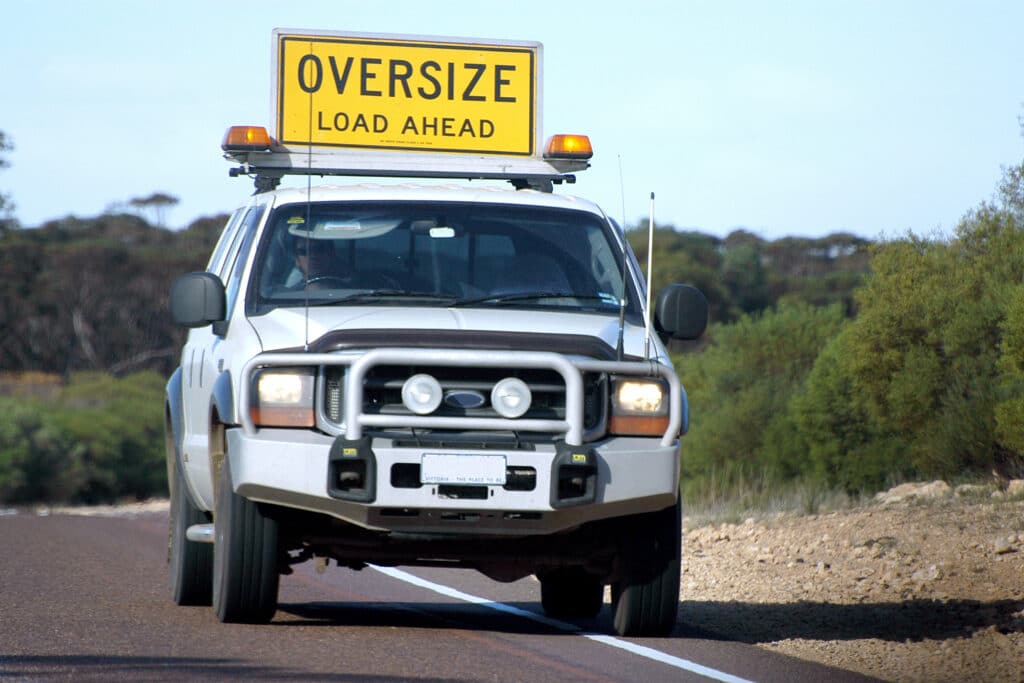
Credit: wideloadshipping.com
Equipment And Tools Used By Pilot Car Drivers
Pilot car drivers use various tools and equipment to ensure safety and effective communication. Vehicle safety equipment such as warning flags, signs, and flashing lights are utilized to alert other motorists of the oversized load being escorted. Communication devices like two-way radios and cell phones are essential for staying in constant contact with the lead and trailing vehicles. Pilot cars also carry emergency equipment including first aid kits and fire extinguishers to handle any unexpected situations.
Challenges Faced By Pilot Car Drivers
Pilot car drivers face numerous challenges while on the job. These include adapting to different road conditions such as narrow roads, construction zones, and rough terrain. They need to be constantly aware of the surroundings to ensure they can safely guide the oversize load. Another challenge they encounter is dealing with traffic and delays. Pilot car drivers must navigate through congested areas and often experience long wait times due to road closures or other disruptions. They need to remain patient and calm while communicating with other drivers and keeping the oversize load on track. Successful pilot car drivers have a strong understanding of road rules and regulations, excellent communication skills, and the ability to handle unexpected situations that may arise during a journey. Overall, being a pilot car driver requires adaptability, patience, and a keen sense of responsibility.
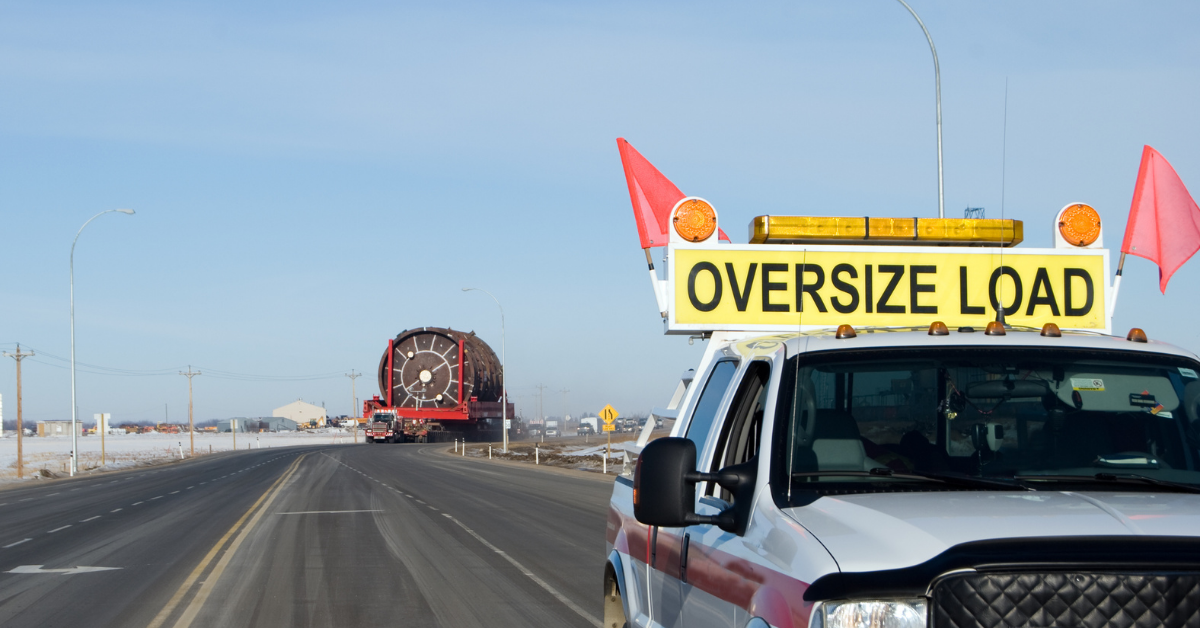
Credit: hennepintech.edu
Frequently Asked Questions Of What Is A Pilot Car Driver
What Does A Pilot Car Driver Do?
A pilot car driver, also known as a lead car driver, accompanies oversized vehicles to ensure safe travel. They warn drivers of approaching oversized loads and provide assistance with navigating through bridges, narrow roads, and other obstacles. They play a crucial role in preventing accidents and promoting road safety.
How Do You Become A Pilot Car Driver?
To become a pilot car driver, you typically need a valid driver’s license and a clean driving record. Some states also require specialized training and certification. Familiarity with traffic laws, excellent communication skills, and the ability to navigate using maps and GPS are important qualities for this role.
What Are The Responsibilities Of A Pilot Car Driver?
The responsibilities of a pilot car driver include ensuring the safety of the oversized load and other road users, notifying motorists of an approaching oversized load, and assisting the truck driver with navigation. They may also need to communicate with law enforcement and road personnel to ensure a smooth flow of traffic.
Conclusion
A pilot car driver plays a vital role in ensuring the safe transportation of oversized loads. With their expertise in navigating challenging roadways, pilot car drivers facilitate the smooth passage of these large cargoes, impacting the overall efficiency of the transport industry.
Their crucial contribution cannot be overstated.
